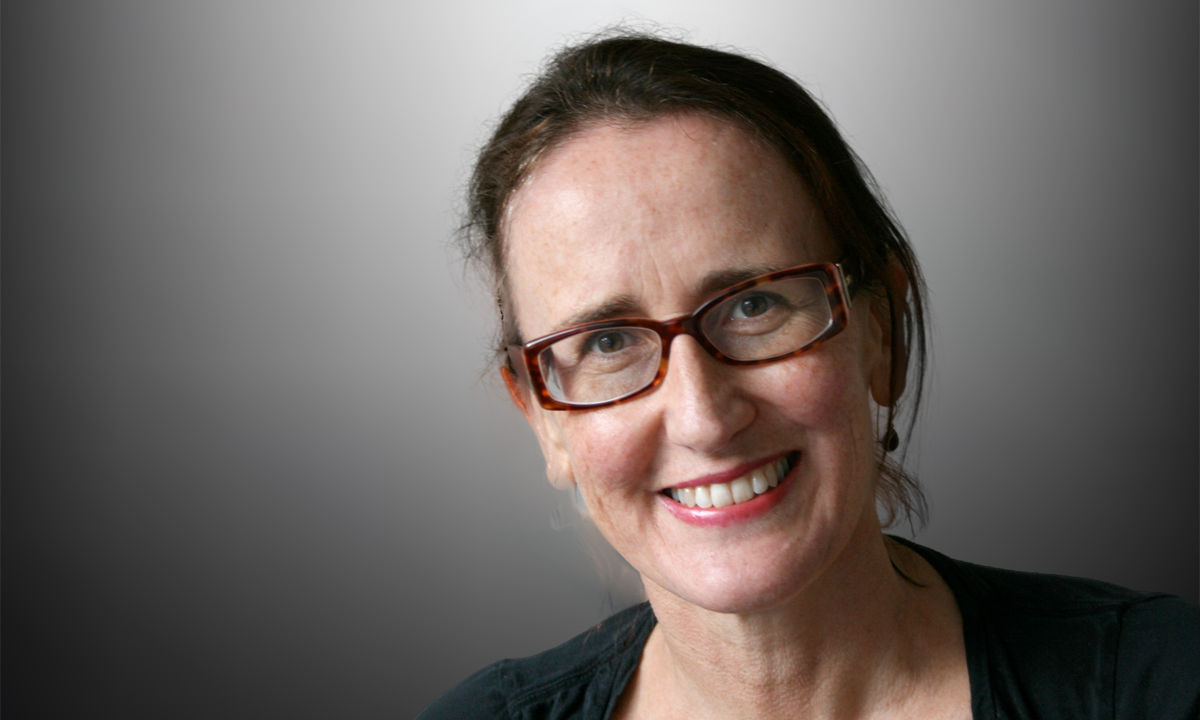A TELEVISION advertisement for Coco Pops showed an elaborate cartoon production line for the sugar-heavy breakfast cereal: a wooden rooster pushed the cereal on its way, an animated toaster set off a variety of musical instruments made of spoons and other kitchen items, culminating in the bowl of cereal triggering a series of xylophones as it rocketed down a ramp.
“Nothing gets the morning moving like the fun of Coco Pops and milk,” said the voiceover.
The ad was the subject of a complaint to Australia’s Ad Standards for its promotion of unhealthy food to children, a practice prohibited under voluntary industry codes of practice
A clear breach you might think? Apparently not.
Ad Standards manages complaints about advertising as part of the industry’s self-regulation regime. The organisation’s reluctance to censure the industry is notorious.
In the case of that Coco Pops ad, Ad Standards dismissed the 2014 complaint, finding the ad’s cartoon characters and bright colours, while certainly attractive to children, were “no more compelling to a child than to an adult”.
Perhaps they were influenced by manufacturer Kellogg’s argument the ad encouraged good dietary habits and a healthy lifestyle because its final scene showed a mother packing nutritious lunches for her two sons who were wearing sports gear and playing with a soccer ball.
Personally, I’d argue the implication that Coco Pops is part of a healthy lifestyle makes the ad worse, but then I’m not a Kellogg’s marketing executive.
In its submission, the company also stated Coco Pops met its “Global Nutrient Criteria”. Interesting, given the company also acknowledged the product was 37% sugar.
The mishmash of industry self-regulation and (limited) government regulation in this area has not served Australian children well.
A landmark international study of television advertising of unhealthy foods to children released last week paints an unhappy picture globally.
Across the 22 countries studied, an average 80% of food and beverage ads were for unhealthy products, as defined in guidelines from the World Health Organization.
The proportion was even higher during peak children’s viewing times.
Australia was one of the worst performers, according to the 2011 data, with the ratio of unhealthy to healthy foods advertised during peak kids’ viewing time sitting at 6:1.
And, if you think those toothsome tigers at Ad Standards might have reined in such behaviour since the data were collected, check out this 2017 study, which found no reduction in unhealthy food advertising on Australian television between 2011 and 2015.
Overall, 40% of the unhealthy food ads came from just ten multinational companies, the authors of the international study found.
Coca-Cola topped the list of shame, followed by Kellogg’s, Nestlé and Pepsi. McDonald’s was the only restaurant chain to make the top ten.
“Food and beverage products owned by these transnational corporations are typically highly processed, energy dense, and high in sugar, salt, and saturated or trans fats,” the authors wrote.
“Such foods are hyper-palatable, shelf-stable, and value-added, all leading to their high profitability for food companies.”
The combined market value of the top ten companies was more than US$994 billion in 2017, the authors noted, suggesting their “colossal economic power” gave them potential to “influence country-level government policies affecting the production, distribution, and promotion of their products”.
As childhood obesity rates continue to rise, it’s hard to be optimistic about there being genuine efforts to crack down on the peddling of junk to young people, especially as advertising moves to online platforms that are even harder to monitor and control.
One thing we can be confident about is that industry self-regulation doesn’t work.
Would you like fries with that?
Jane McCredie is a Sydney-based health and science writer.

 more_vert
more_vert
It is all just a financial transaction.
How can you ban an un-healthy food advertisement when there is a large payment annually for the right to do it.
Everyone needs more money.
I hope the healthy option can also be seen in the same setting.
I’ve never understood why McDonalds is used in children’s hospitals to reward children, and how Ronald McDonald is anything other than junk food promotion. Why do children’s hospitals promote junk food when they could use their influence to promote healthy eating?